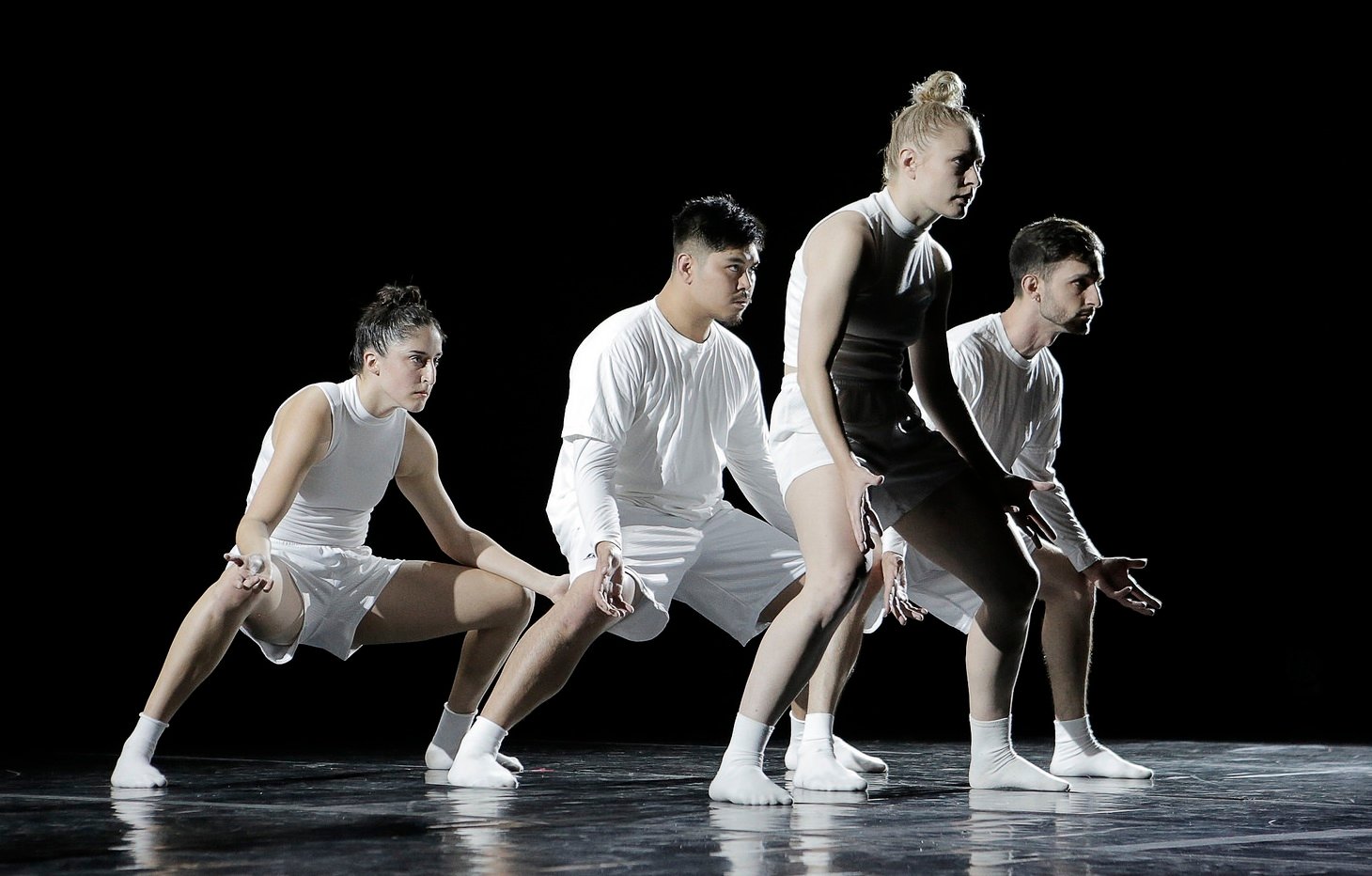Research to shed light on audiences for contemporary arts
A cross-artform project aims to address the challenge of encouraging people to engage with new or experimental work and find effective approaches to attracting and retaining audiences.
Researchers are working with arts and cultural organisations across the UK to develop and test audience development strategies for contemporary artistic work. Their study will culminate with the publication of a handbook to help organisations expand their audiences.
The two-and-a-half year research project will investigate the attitudes and experiences of existing and potential audiences for contemporary dance, theatre, music, visual art and “everything in between”, in order to better understand the value of the contemporary arts.
Funded by the Arts and Humanities Research Council, it aims to “define contemporary arts audiences”, address the challenge of encouraging people to engage with new or experimental art works, and help arts organisations develop new approaches to attracting and retaining new audience members.
The handbook produced at the end of the research will offer arts organisations practical advice on implementing the findings in their own marketing, programming and audience development strategies.
The new study is being led by the Sheffield Performer and Audience Research Centre (SPARC) in collaboration with Newcastle University, and the research team is working with lead partners in the sector to encourage other arts organisations to get involved.
The project will cover a range of contemporary art forms including contemporary dance, theatre, music and visual art. The partners in the project are Birmingham Contemporary Music Group (BCMG), London’s Bush Theatre, the Bluecoat in Liverpool, and Spike Island in Bristol.
Professor Stephanie Pitts, Head of the University of Sheffield’s Department of Music, said: “With many local councils cutting funding and contributions through the National Lottery in the UK down by around £55m last year, supporting arts organisations to recruit and retain their audiences is a timely concern to which we’re glad to be able to contribute through our research.
He continued: “Arts organisations are under pressure to grow and diversify their audiences. This research project brings much-needed understanding of contemporary arts audiences and tests strategies for audience development which will be of use to a wide range of arts organisations.”
Pilot findings
The project has been set up following an earlier collaboration between SPARC and BCMG which led to an eight-month pilot study in 2014/15.
The pilot identified a set of organisational conditions that encouraged people to engage with new, unknown, unfamiliar or unpredictable work. Offering access to and involvement in the creative process was found to be crucial.
Other key factors were:
- The creation of ‘festival’ conditions, where people will see ‘anything’ or try new things
- Performances in public spaces where people can dip in and out of a show
- Free entry or access, so that people try things they would not otherwise see
- ‘Gateway’ organisations encouraging audiences to engage with work presented elsewhere
- Arts venues being friendly, welcoming and inclusive.
Launch
Briefing sessions to launch the project will take place in London, Liverpool and Bristol next month. Contemporary arts and cultural organisations can attend a launch event or contribute to the study by contacting the research team at [email protected].

Join the Discussion
You must be logged in to post a comment.